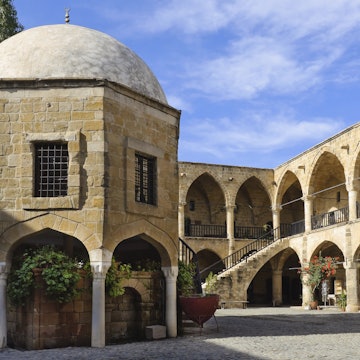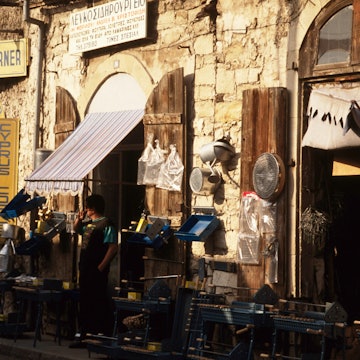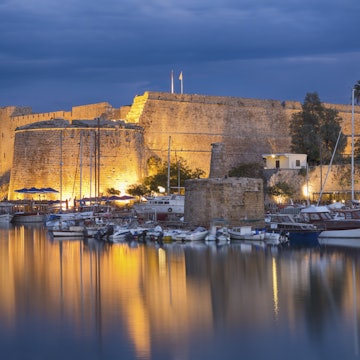

Getty Images
Overview
Strike out beyond the sun-soaked stretches of sand to discover an island of compelling culture and landscapes steeped in myth and riddled with ancient riches.
Must-see attractions
Planning Tools
Expert guidance to help you plan your trip
Best Things to Do
Cyprus offers an incredible blend of archeological sites, icon-filled monasteries and ancient houses of worship. Here are the 12 best places to visit.
Read full article
Best Places to Visit
Cyprus offers an incredible blend of archeological sites, icon-filled monasteries and ancient houses of worship. Here are the 12 best places to visit.
Read full article
Best Time to Visit
Summer in Cyprus is everything you could hope for from the Med: warm waters, hot days and crowds that never stop partying. Here are the best times to visit.
Read full article
Transportation
Whether you rent a car, use the bus system or take a taxi, getting where you want to go in Cyprus is rarely a challenge. Here's what you need to know.
Read full article
Visa Requirements
Although the political situation in Cyprus is complex, it's easy to visit both sides of the island. Here's what you need to know about visas for Cyprus.
Read full article
Best Road Trips
Exploring Cyprus with your own wheels will give you time to savor attractions that you’d struggle to visit by bus. Here are the island's top road trips.
Read full article


















